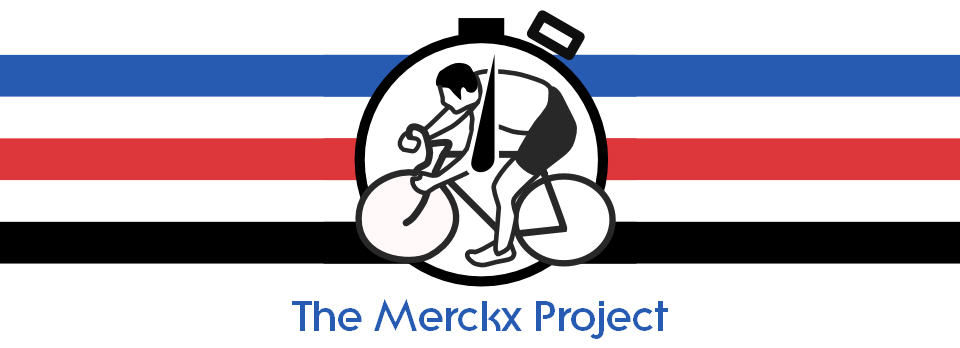In years past I would always hit a point in the riding season, usually late-July to early-August, where I would always struggle with extremely low fasting or overnight blood sugars. This would be a result of putting in longer miles and harder efforts on the bike during the long summer days with few family or social commitments. When I stopped riding from 2006-2010, the overnight lows also stopped. Now that I'm back on the bike and riding more consistently year round, those low spells are back, but at different times of the year.
Now, hypoglycemic (low blood sugar) episodes aren't all bad despite the inherent personal safety risk. It can be an indicator that I have a pretty firm control on my diet and exercise balance. My last A1C test, a measure of the amount of glucose (sugar) that is attached to red blood cells, was 7.0. This is an acceptable number for a type 1 diabetic. The normal human body number is 5.7, but I've found anything below 6.8 leaves my blood sugar too low for my to function properly throughout the day.
With the daylight hours increasing through the spring so did my saddle time and mileage. As a result, thanks to the MapMy Ride app I use on my phone, I have been able to see that my burned calories have increased as well. Those that follow bicycle racing may know that the pros can burn through 10,000 calories during a race. For the mere mortals like the rest of us, I am using about 2000 kcal on weeknight and 3000+ kcals of effort on weekend rides. The USDA recommends 2000-2800 daily calories for most active adults depending on gender and age. So it's no stretch that I might sometimes operate at a deficit. If I needed to lose weight, this is a good thing. However; in my case, this causes a depletion of glycogen stores. Basically my body's gas tank is running on fumes at times.
The simple solution is to eat more complex carbohydrates: pasta, rice, grains. Unfortunately, since I am my own personal chef and have many other responsibilities to attend to, it's not always that easy. But it usually only takes a few adjustments to get it right. And that allows me to keep riding on and logging those beneficial miles.
